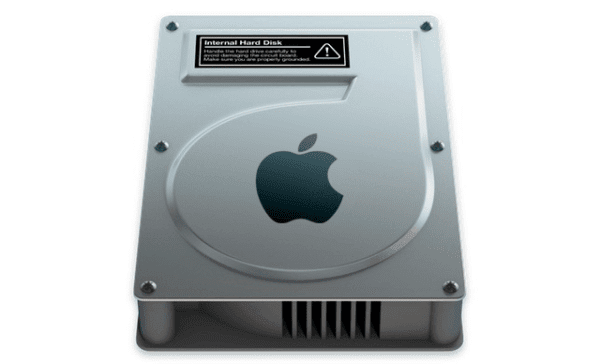
The backup copy is stored as a disk image that you can encrypt if you don't want anyone else to have access to it.
The disk image can be dynamic (read and write) or static (read only). In the case of the latter, you'll need double the disk space if you're working with individual files.
It is, of course, possible to compress the disk image and segment it, providing maximum megabyte values.
You can also save a backup copy and give it an expiration date.


Mike Bombich Development Lead at Bombich Software, Inc. Longmeadow, Massachusetts 461 connections. Mike Bombich is a former employee of Apple and the president of Bombich Software.1 1 Early life and education 2 Career 2.1 Apple 2.2 Bombich Software 3 References 4 External links 4.1 Interviews Mike Bombich is an identical twin and self-identifies as a clone.2 He received a B.A. In biology from Kalamazoo College and a M.A. In biology from Bowling Green State University, where he was also a.
Notes
For Mac OS X 10.4 and later, including Leopard. Users of Mac OS X Panther (10.3) and Mac OS X Jaguar (10.2) should download Carbon Copy Cloner.Update July 18, 2019:CCC 5.1.10-b3 is now available and addresses the bulk of the changes required for supporting macOS Catalina.
Mike Bombich Apple
What an exciting week! Once again this year our team was graced with a WWDC 'Golden Ticket'. Last year I got to go, but this year Peter from our Development team went and had the opportunity to speak directly with Apple's File Systems team about the upcoming changes to APFS. Among the new announcements this year is the introduction of a read-only system volume on macOS Catalina. From the moment that Apple announced APFS, I anticipated exactly this sort of setup – user data on one volume, macOS on another – complete separation, absolute protection for the system. Apple has implemented this in a manner that will be (almost) completely transparent to the end user, and so far, I'm pretty stoked about how all of this works.

What implications does the read-only system volume have for CCC backups?
In the Finder you'll only see one volume that represents your startup disk and it will appear as if everything is on that single volume. In reality, the startup disk that you see in the Finder is the read-only system volume and doesn't have any of your data on it; the 'Data' volume is separate and hidden. CCC will have to find that hidden volume (don't worry, I know where to look :-) and back up its contents alongside the system volume. The current version of CCC can't do that, of course, it knows nothing about APFS volume groups. We're adding that functionality right now, though, and we'll be hard at work over the summer on some new documentation that will help explain everything that you're seeing (or not seeing!) on the newOS.
What are the implications for my backup disk?
Allow me to be the first to say it: stick a fork in it, HFS is done. HFS simply won't work for making a backup of a Catalina system volume, so in the near future, we're going to drop support for backing up macOS (Catalina and later) to HFS+ formatted volumes. We plan to make this as easy as possible for you, though, so don't go out of your way to get ready for this. My goal is to make this transition as simple as possible for you and your backups.
Mac Carbon Copy Cloner
If you're testing Apple's new OS already, stay tuned for another CCC beta release that will start to add support for the new features of macOS Catalina.

